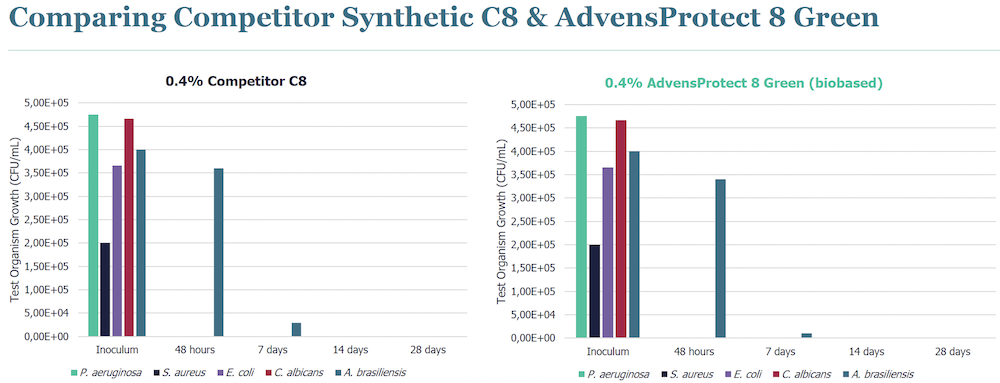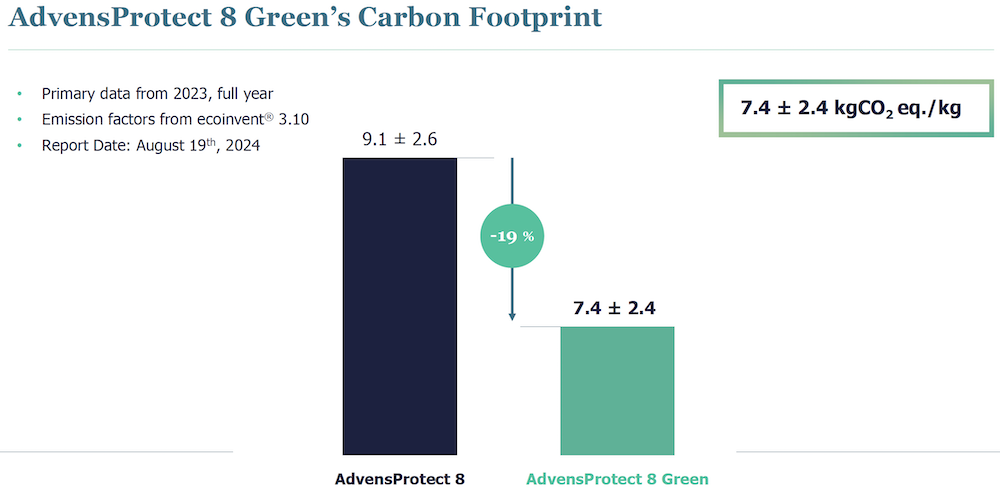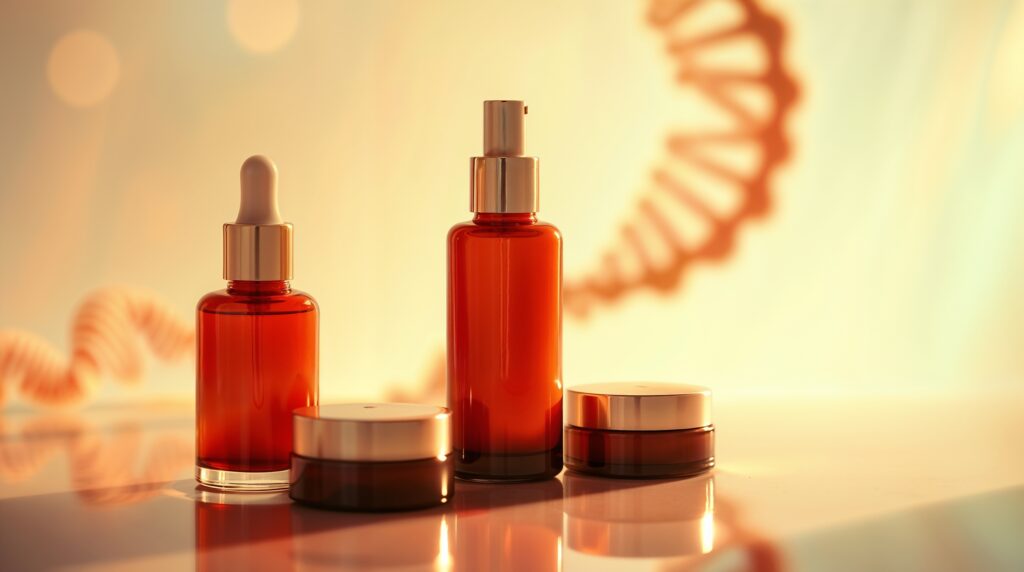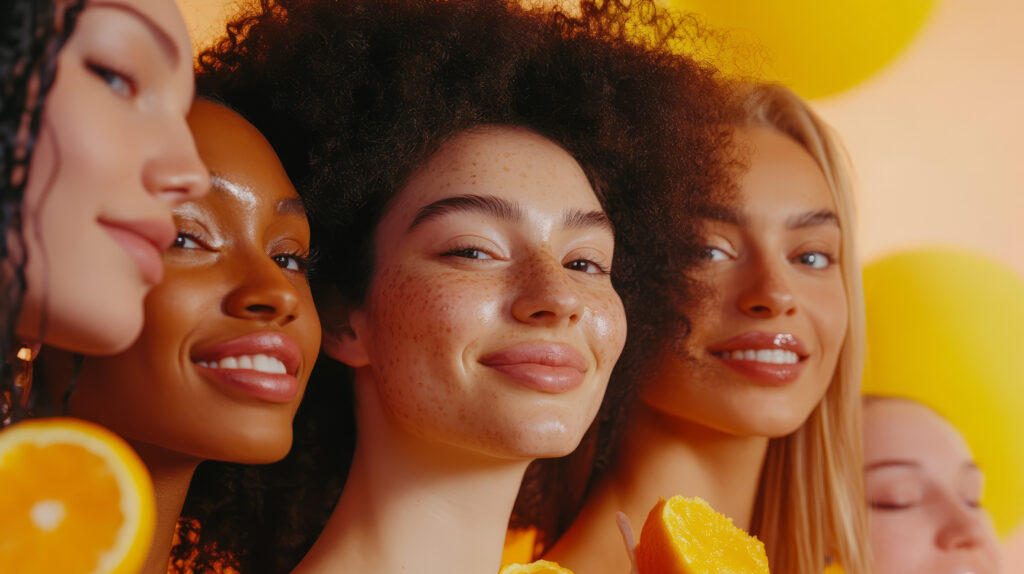Preservation That Performs and Persuades
Preservation is fundamental to safe, stable cosmetics—but the bar for acceptable preservation is rising. Today’s consumer is no longer content with a product that simply avoids spoilage. They demand formulas free from petrochemicals, preservatives with questionable safety records, and any components that compromise claims of sustainability or transparency.
This growing pressure extends beyond marketing. Regulations around the world—particularly in Europe—are progressively restricting the use of conventional preservatives such as parabens, formaldehyde donors, and MIT. Meanwhile, formulators must continue to meet ISO 11930 standards, which require cosmetic products to demonstrate effective antimicrobial protection across multiple challenge organisms.
The question formulators now face is deceptively simple: How do you create a globally compliant, microbially stable cosmetic product using ingredients that are not only functional, but also sustainable and label-friendly? A new class of biobased multifunctionals offers a practical answer.
Challenges Between Compliance and Clean Beauty
Cosmetic chemists today operate at the intersection of science, regulation, and consumer perception. Preservatives are among the most heavily scrutinized components on an INCI list. Consumers may reject a formula simply for containing phenoxyethanol or caprylyl glycol—even though these ingredients have well-established safety profiles—due to their synthetic origins or misunderstanding of their function.
Simultaneously, regulatory bodies continue to tighten restrictions. In the EU and APAC markets, preservatives must not only demonstrate microbial efficacy but also meet environmental, toxicological, and consumer safety standards. Preservatives once considered standard are now subject to concentration limits, mandatory labeling, or outright bans.
Complicating matters, many modern formulation trends actively challenge preservation systems. Waterless formats, minimalist emulsions, probiotic skincare, and high pH actives limit the use of traditional preservatives or require broad-spectrum boosters that function effectively across diverse systems. For formulators working within clean beauty frameworks or biobased standards like COSMOS or ISO 16128, finding multifunctional preservation tools that satisfy all constraints can be especially difficult.
What’s needed are preservation systems that offer broad antimicrobial protection, proven ISO 11930 compliance, multifunctional benefits, and biobased sourcing—without adding regulatory burden or requiring reformulation.
The Green Multifunctionals: SEQENS’ Answer to the Modern Preservation Puzzle
SEQENS, a leader in sustainable chemistry, has developed a line of biobased multifunctionals under the AdvensProtect Green brand that directly addresses these formulation challenges. These ingredients are not “natural-inspired” approximations—they are chemically identical to their synthetic counterparts but produced using biobased feedstocks and patented green chemistry methods.
The AdvensProtect Green line currently includes:
All ingredients in the AdvensProtect Green line are ≥99% pure, nearly colorless and odorless, and formulated to be drop-in replacements for their synthetic counterparts. They are manufactured in the UK under strict impurity controls and comply with the pending ISO 16128 natural origin guidelines.
ISO 11930 Results and Functional Claims
Preservative efficacy must be proven—not just assumed. That’s why all ingredients in SEQENS’ AdvensProtect Green line are benchmarked against ISO 11930, the internationally recognized standard for demonstrating microbiological safety in cosmetic products. Across the board, these multifunctionals deliver results that rival their synthetic counterparts—without compromising on purity, compatibility, or environmental impact.
AdvensProtect 8 Green, a biobased form of caprylyl glycol, has been rigorously tested at 0.4% concentration against a range of microbial species, including P. aeruginosa, S. aureus, E. coli, C. albicans, and A. brasiliensis. The microbial counts in challenge tests dropped below acceptable thresholds by Day 7 and showed no regrowth by Day 28—demonstrating full ISO 11930 compliance. This performance was statistically identical to synthetic caprylyl glycol under identical conditions.

AdvensProtect 2-EHG Green, a multifunctional derived from renewable alcohols, enhances the activity of conventional preservatives including phenoxyethanol, organic acids, and other glycols. It improves moisturization and sensory aesthetics, while remaining nearly odorless and ≥99% pure. Its booster effect reduces the required concentration of primary preservatives, which is especially valuable in sensitive skin formulations or those targeting low-impact INCI profiles.
Adding another layer of technical robustness, AdvensProtect 2-EHG Plus Green offers the same preservation-boosting activity as its base form but is stabilized with natural tocopherol (vitamin E). This provides enhanced oxidative stability, extending the ingredient’s shelf life to approximately three years under recommended storage conditions—longer than most comparable multifunctionals. It’s particularly well-suited to formulations where long-term storage, temperature fluctuation, or antioxidant synergy is a concern.
Meanwhile, AdvensProtect 5 Green, based on sugarcane-derived pentylene glycol, acts as both an emollient and solubilizer while contributing to microbial protection. Its high purity (≥99.5%) ensures consistency in performance, and it supports emulsion stability and active delivery in water-based and emulsified systems.
Collectively, these ingredients form a flexible, scalable, and scientifically validated toolkit. Whether you’re designing minimalist emulsions, waterless formats, or high-performance skincare, the AdvensProtect Green range enables effective, ISO-compliant preservation with traceable biobased inputs.
The Strategic Value of Sustainable Preservation in Modern Formulation
Biobased multifunctionals represent more than a sustainable alternative—they are a strategic advantage for brands aiming to differentiate in an increasingly regulated and transparent market. According to Kings Research, the global market for bio-based cosmetics is projected to reach $11.8 billion by 2030, driven by both consumer demand and regulatory mandates (Kings Research, 2024). CAS Insights similarly notes that interest in natural-origin preservation has risen by double digits year-over-year since 2019 (CAS, 2023).

CAS. Figure 2. (2023). The rise of natural ingredients for cosmetics. CAS Insights. https://www.cas.org/zh-hans/resources/cas-insights/the-rise-of-natural-ingredients-for-cosmetics
Formulators using AdvensProtect Green ingredients can credibly claim reduced carbon impact, as evidenced by a 19% reduction in CO₂ equivalent emissions for AdvensProtect 8 Green compared to its synthetic version. These savings contribute to corporate sustainability metrics, Scope 3 reduction targets, and third-party certifications like Ecocert or COSMOS.

Just as importantly, these ingredients are easy to adopt. Because they are chemically identical to their synthetic counterparts, they require no reformulation, no regulatory reclassification, and no change to existing manufacturing processes. This lowers the barrier to entry for clean beauty brands while also providing robust, science-backed preservation.
Sustainability Without Sacrifice
Cosmetic formulators no longer have to choose between efficacy and environmental responsibility. SEQENS’ AdvensProtect Green range proves that biobased multifunctionals can match the microbial protection of synthetic glycols—while also offering improved skin feel, enhanced formulation stability, and a lower carbon footprint.
In a market defined by clean beauty standards, regulatory scrutiny, and consumer distrust of synthetics, these ingredients offer a competitive edge backed by data, compliance, and integrity.
Ready to formulate with preservation that performs and persuades?
Contact your Deveraux Specialties sales manager or submit a request through our website to receive samples, specifications, and formulation support for the AdvensProtect Green line.
AdvensProtect 8 Green – View Brochure
AdvensProtect 2-EHG Green – View Brochure
AdvensProtect 2-EHG Plus Green – View Brochure
AdvensProtect 5 Green – View Brochure
Resources:
- CAS. (2023). The rise of natural ingredients for cosmetics. CAS Insights. https://www.cas.org/zh-hans/resources/cas-insights/the-rise-of-natural-ingredients-for-cosmetics
- Kovalchuk, Y. (2021). Bio-based preservatives: A natural alternative to synthetic additives. International Journal of Science and Research Archive, 1(2), 56–70. https://doi.org/10.30574/ijsra.2021.1.2.0008
- Kings Research. (2024). Bio-Based Cosmetics Market Analysis. https://www.kingsresearch.com/bio-based-cosmetics-market-377









